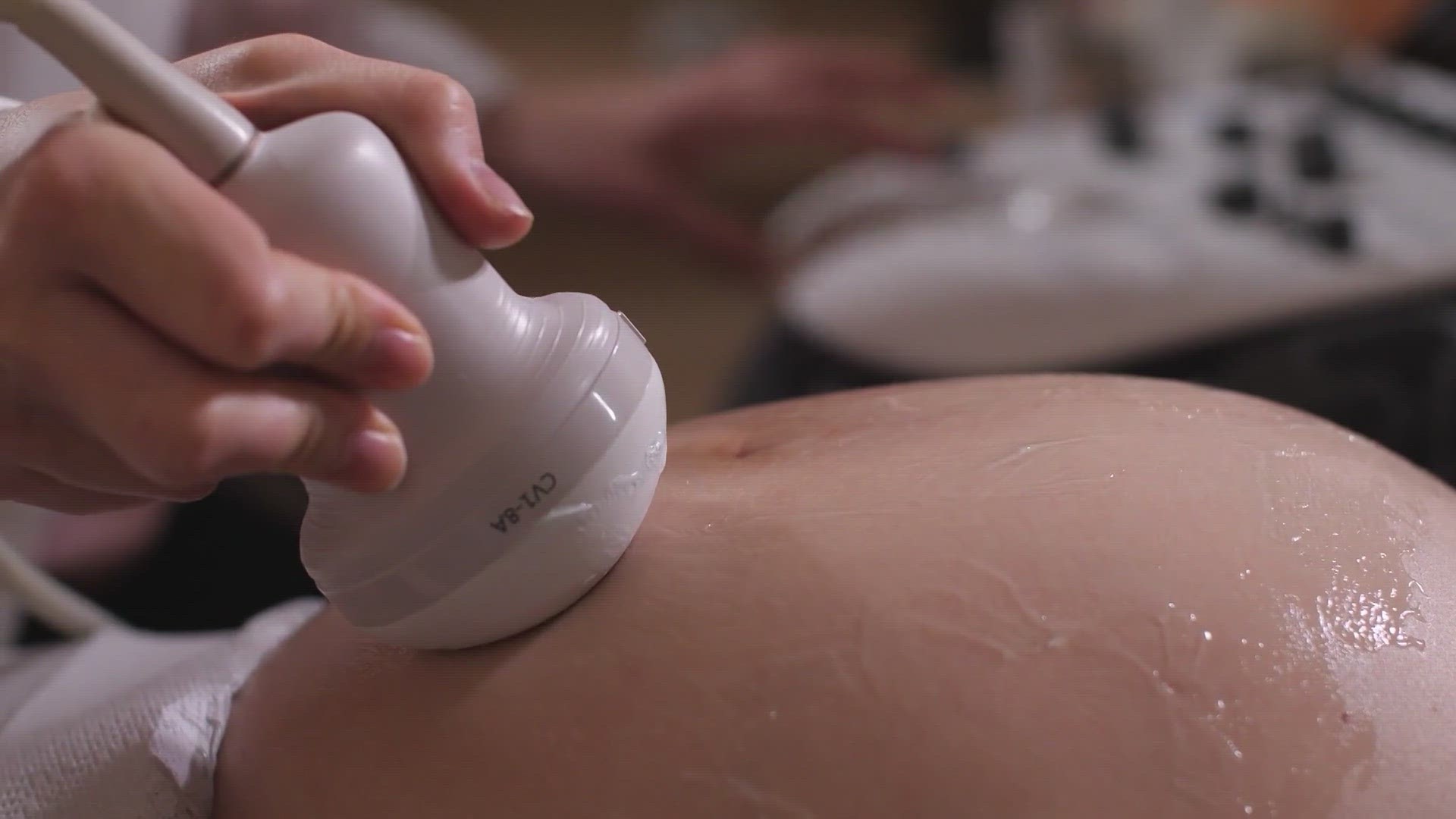Kate Cooper can smile and laugh now, but that wasn't the case about a year and a half ago.
At 20 weeks, Copper learned her baby had Congenital Diaphragmatic Hernia or 'CDH,' a defect in an unborn baby's diaphragm.
"There is a defect in the muscle that separates the abdomen from the chest," said Dr. Jimmy Espinoza, a maternal-fetal medicine specialist with UT Physicians. "When that happens, some of the abdominal contents through that hole, the defected muscle in the chest. That prevents the proper development of the lung."
Cooper and her family live in Louisiana but came to Houston to seek treatment.
At 27 weeks, she underwent Fetoscopic Endoluminal Tracheal Occlusion or 'FETO' for short.
"We can use minimally invasive surgery to deploy a tiny balloon into the windpipe," Dr. Espinoza said.
Through the mother's abdomen, a small telescope works its way through the uterus and into the baby's mouth. A small balloon is then deployed through the windpipe. This technique increases the baby's chances of survival and allows the lungs to grow.
"Unfortunately it didn't work for us," Cooper said. "He had some complications through the surgery where his trachea started swelling immediately."
Though FETO didn't work for Cooper, her son Gabriel is now 13 months old and about to come off oxygen.
She hopes her story encourages another family not to give up.
Birth defects are found in one out of 33 pregnancies.
For more stories from our Health Matters series, click here.

